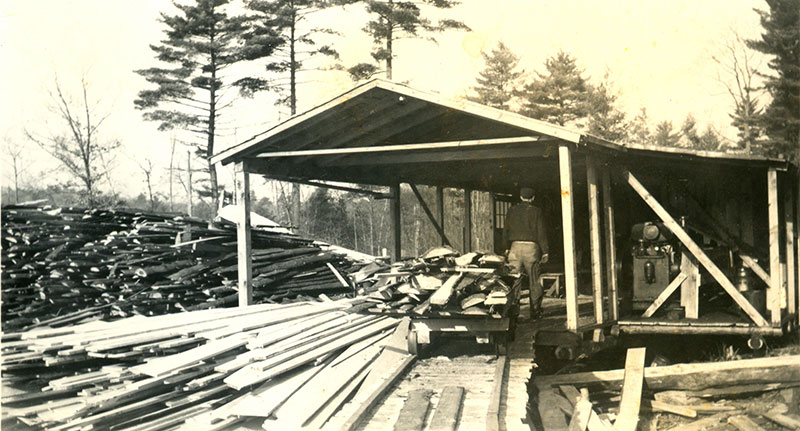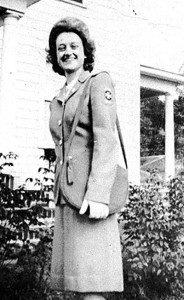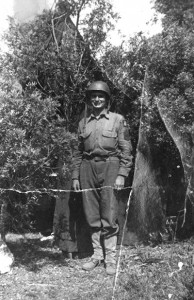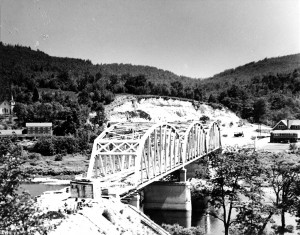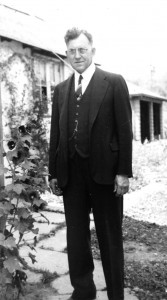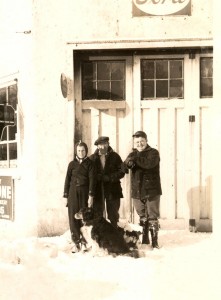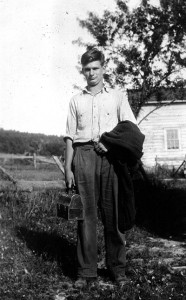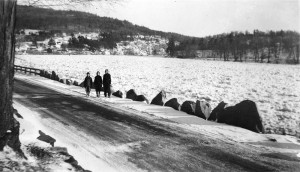
Washington, January 16, 1862
Dear friends,
I don’t know what they can want better than we eat. We get rice and molasses twice a week, beefsteak twice a week, pork and beans and corned beef the rest of the week. One loaf of bread a day, coffee twice a day, pea soup once in a while, sometimes ham, potatoes once or twice a week.
The smallpox was in this regiment a while ago, but it is all gone now. I thought I would not write about it at the time for fear you would think I would catch it.
You wanted to know how I got my washing done. We pay a sixpence a piece for a shirt and the same for a pair of drawers. It is cheaper than to wash them ourselves.
I got your letter yesterday and one from Harriet…
I don’t know what is the reason you have not got any letters sooner. I write one every two or three days. We have not got our pay yet, but expect to get it now everyday.
Me sending my money home must interfere with Aunt Sal’s business a great deal that she should get so mad about it.
You can tell the folks that we have plenty to eat, plenty to wear and every one is contented that is not too shiftless to be contented with anything. Continue reading


